Prestigious Grants and Honors of PlanetS members
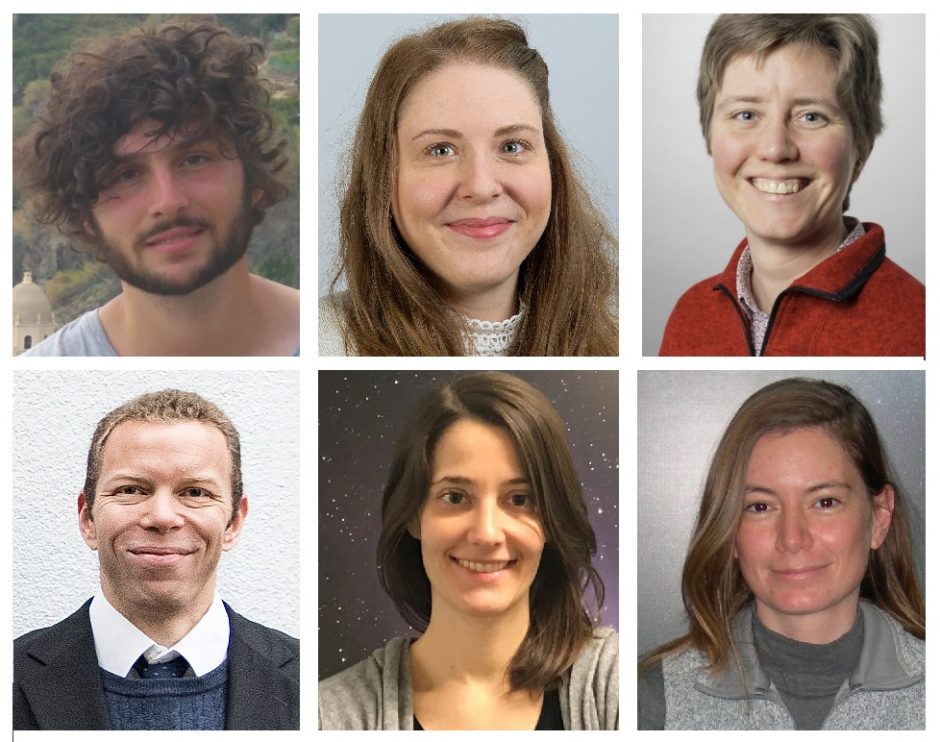
Despite the difficulties that the pandemic brought with it, our members have been incredibly successful in applying for prestigious grants and were honored with exceptional awards and prizes. Below follows an overview of some of the more recent examples.
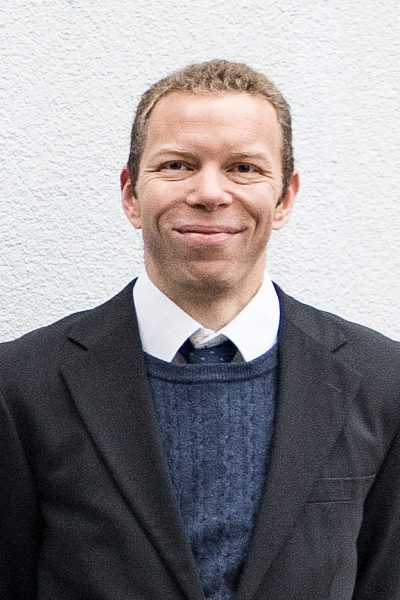
Brice-Olivier Demory is a professor of astrophysics at the University of Bern and a member of the NCCR PlanetS. Image credit: Ramon Lehmann
Paolo Sossi (ETHZ) and Brice Demory (UBE) won Starting and Consolidator Grants from the European Research Council (ERC) respectively.
Paolo seeks to understand how the Earth and other planets formed. He combines experimental, spectroscopic and theoretical approaches to study the growth of planets from dust grains into complex bodies. In his project, he will link the composition of planets in our Solar System to the composition of their atmospheres. To this end, he will simulate miniature planets and their atmospheres in the laboratory by making spheres of magma that float on gas streams. The aim is to assess the uniqueness of Earth in the ever-growing kaleidoscope of exoplanets and to determine the conditions under which life can arise on planets. For his work on these topics, Paolo also received an SNSF Eccelenza fellowship.
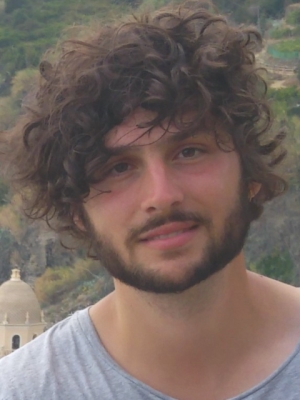
Paolo Sossi is an SNF Ambizione Fellow at the ETH Zurich and an Associate Member of the NCCR PlanetS.
Brice’s project aims at harnessing the potential of full Stokes spectro-polarimetry to remotely detect living organisms in the outer Solar System by exploiting life’s distinctive homochirality. Life’s homochirality is one of the most reliable biomarkers, which has previously demonstrated its capability to unambiguously detect and characterise cyanobacteria, plants and anoxygenic phototrophs. The project will combine both laboratory experiments and field campaigns to perform measurements of a range of living organisms found in the relevant ecosystems (glaciers, mountain lakes) for the outer Solar System’s icy moons. Furthermore, it will then deploy novel instrumentation on airborne facilities to demonstrate the remote detectability of these living organisms on other worlds, which may be conducted as soon as the end of the decade with next-generation ground-based telescopes or in the farther future with fly-by or in-situ space missions.
Veerle Sterken was awarded the Christophe Plantin prize 2021. The prize is awarded to Belgians living abroad for their special achievements in Science, Social Commitment, or Culture with the goal of promoting Belgium’s influence around the world. Each domain is thus awarded the prize in turn every three years, and in 2021 it was the turn for Science.

Veerle Sterken receives the Christophe Plantin prize 2021.
Amongst other things, Veerle has carried out pioneering research into Interstellar Dust in the solar system and thus gained international reputation in this field. The Stardust Mission, for which she was jointly responsible, was the first and only satellite to bring back to Earth suspected space dust from the local interstellar cloud, that could then be analysed in a laboratory.
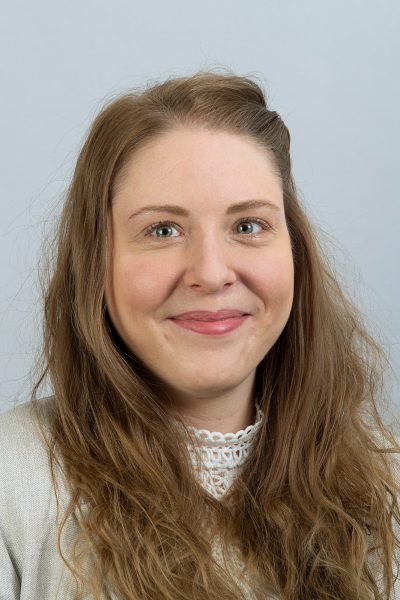
Judit Szulágyi is an assistant professor at ETH Zürich and a member of the NCCR PlanetS. Image: ETHZ
The 2021 MERAC of the European Astronomical Society (EAS) for the Best Early Career Researcher in Theoretical Astrophysics goes to Judit Szulágyi. The jury chose her “for her fundamental contribution to the study of circumplanetary disks in planet formation, and the origin of the moons of giant planets” in the category New Technologies. Julia works on hydrodynamic simulations of astrophysical disks, e.g. disks around stars, planets and even black holes.
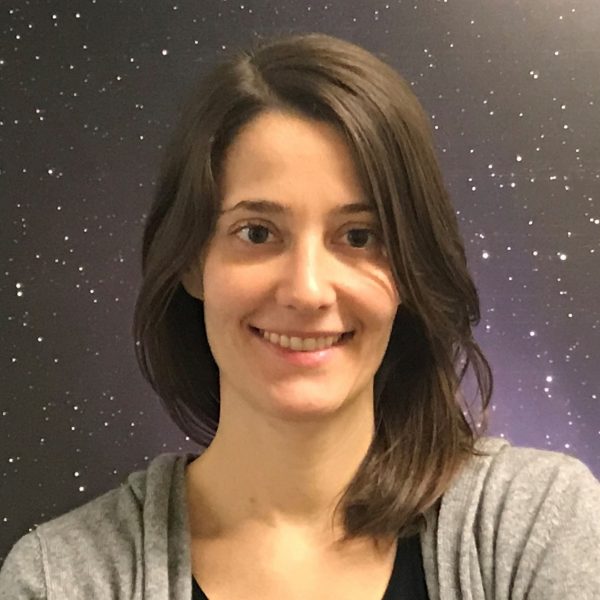
Monika Lendl is a professor of astrophysics at the University of Geneva and member of the NCCR PlanetS. Credit: UNIGE
Monika Lendl (UGE) was invited as the “ESA Distinguished Lecturer” 2022 at Space Telescope Science Institute, to “highlight breakthrough results from ESA missions (CHEOPS)”. Monika specialises the discovery and the characterisation of exoplanets through the use of high-precision photometry and low- to moderate-resolution spectroscopy. She is a CHEOPS science team associate, and serving as the coordinator of the consortium atmospheric characterisation working group.
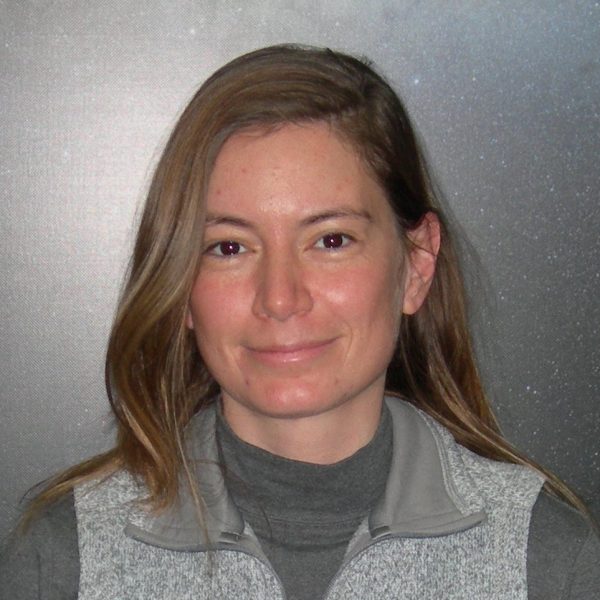
Julia Venturini is a senior researcher at the University of Geneva and a member of the NCCR PlanetS. Image: UGE
The Members’ Assembly of the Swiss Young Academy (SYA) has elected Julia Venturini as one of five new members. The SYA networks young researchers from a wide range of scientific disciplines and creates an inspiring environment for inter- and transdisciplinary exchange and innovative ideas. Its members are the representatives of Swiss science and are regarded as the young voice of the Swiss Academies of Arts and Sciences. The newly-admitted members convinced with their research, experience of inter- and transdisciplinary cooperation and their motivation to work at the interface of science, society and politics. They will be able to implement their project ideas over the next five years jointly with the other 29 members.
Categories: Internal Newsletter

